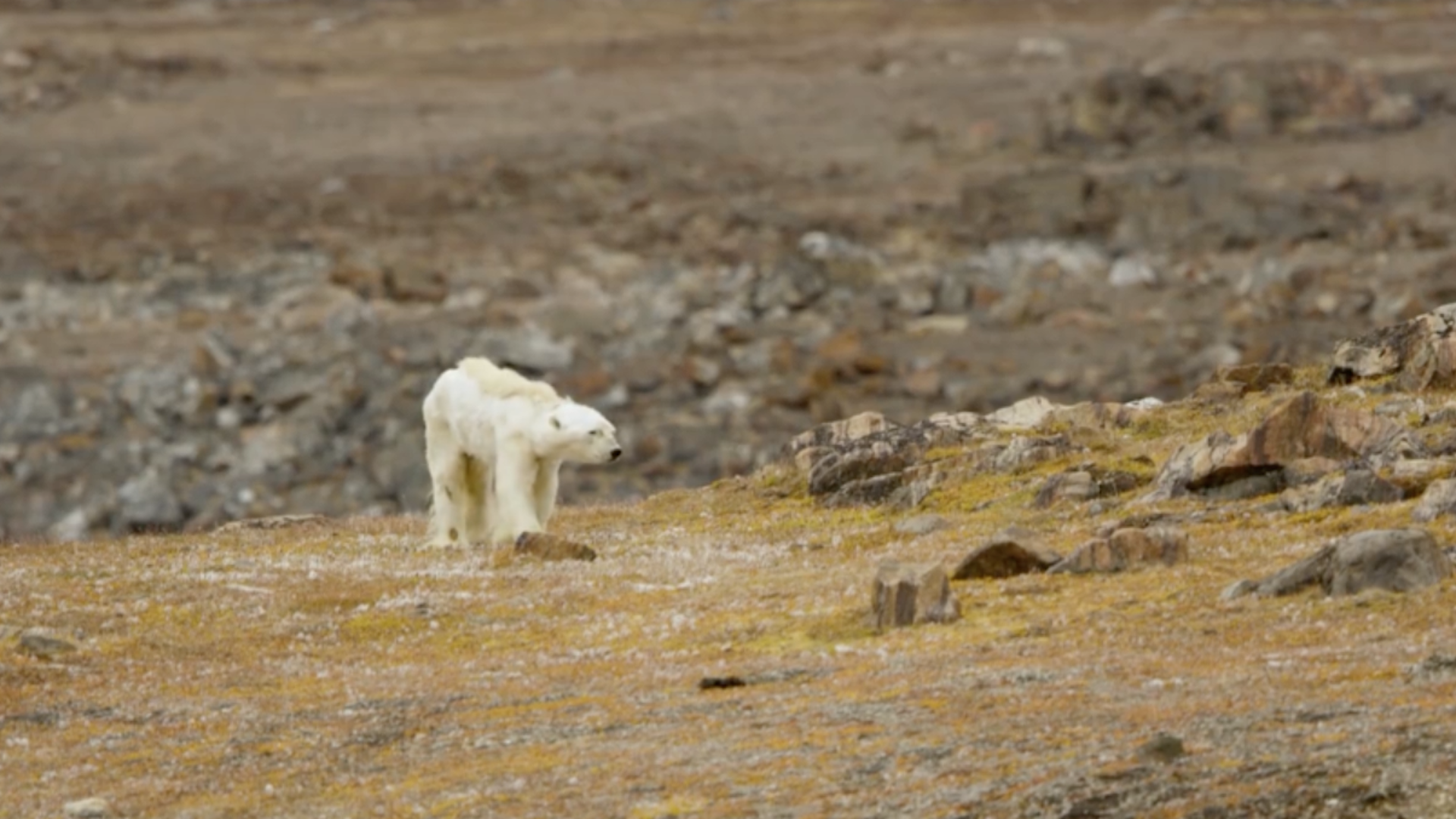Sarah Gibbens, "Heart-Wrenching Video Shows Starving Polar Bear on Iceless Land: Lack of sea ice is making it more difficult for polar bears to find food," in National Geographic (2017).
David Leafe, "Are these photos REALLY proof that polar bears are being killed by climate change? Doubts raised over claims after it emerges that no post mortem was carried out," Daily Mail, December 29, 2017; Polar Bear Science, "'One starving bear is not evidence of climate change, despite gruesome photos," Polar Bear Science, December 9, 2017, ➝.
Eve Kosofsky Sedgwick, Touching feeling: affect, pedagogy, performativity (Durham: Duke University Press, 2003).
Roland Barthes, S/Z (New York: Hill and Wang, 1974); Stuar Hall, "Encoding, Decoding," in The Cultural Studies Reader, ed. Simon During (New York: Routledge, 1999).
Ian Ang, "In the Realm of Uncertainty: The Global Village and Capitalist Postmodernity," in Living Room Wars: Rethinking Media Audiences, ed. Ian Ang (New York: Routledge, 1996).
Michael E. Mann, Raymond S. Bradley, and Malcolm K. Hughes, "Global-scale temperature patterns and climate forcing over the past six centuries," Nature 392 (1998): 779; Michael E. Mann, Raymond S. Bradley, and Malcolm K. Hughes, "Northern hemisphere temperatures during the past millennium: Inferences, uncertainties, and limitations," Geophysical Research Letters 26 (1999): 759–762.
Antonio Regalado, "In Climate Debate, The 'Hockey Stick' Leads to a Face-Off: Nonscientist Assails a Graph Environmentalists Use, And He Gets a Hearing," The Wall Street Journal, February 14, 2005; Ruchard Muller, "Global Warming Bombshell: A prime piece of evidence linking human activity to climate change turns out to be an artifact of poor mathematics," MIT Technology Review, 2004.
Michael E. Mann, "I’m a scientist who has gotten death threats. I fear what may happen under Trump," Washington Post, December 16, 2016.
Mann et al. (1998), 779.
Steven Mufson, "Rick Perry just denied that humans are the main cause of climate change," The Washington Post, June 19, 2017.
Michael E. Mann, The Hockey Stick and the Climate Wars: Dispatches from the Front Lines (New York: Columbia University Press, 2012), 45.
Ibid.
Karl Pearson, "LIII. On lines and planes of closest fit to systems of points in space," The London, Edinburgh, and Dublin Philosophical Magazine and Journal of Science 2 (1901): 559–572.
Willie Soon and Sallie Baliunas, "Proxy climatic and environmental changes of the past 1000 years," Climate Research 23 (2003): 89–110.
Soon and Baliunas: 89.
Mann, The Hockey Stick and the Climate Wars (2012), 120.
Steven McIntyre and Ross McKitrick. 2003. "Corrections to the Mann et. al (1998) Proxy Data Base and Northern Hemisphere Average Temperature Series," Energy & Environment 14, 6 (2003): 751–771.
Regalado, “Climate Debate.”
Mann, The Hockey Stick and the Climate Wars (2012), 123.
Geoff Brumfiel, "Academy affirms hockey-stick graph," Nature 441 (2006): 1032; Richard A. Muller, "The Case Against Global-Warming Skepticism," The Wall Street Journal, October 21, 2011.
Eugene Robinson, "The scientific finding that settles the climate-change debate," The Washington Post, October 24, 2011.
Mann, The Hockey Stick and the Climate Wars (2012), 290.
Mann, The Hockey Stick and the Climate Wars (2012), xvii.
Ibid.
Mann, The Hockey Stick and the Climate Wars (2012), xv; Michael E. Mann, The Madhouse Effect: How Climate Change Denial Is Threatening Our Planet, Destroying Our Politics, and Driving Us Crazy (New York: Columbia University Press, 2016).
As Cathy O’Neill has documented in Weapons of Math Destruction: How Big Data Increases Inequality and Threatens Democracy, zip codes—amongst many other proxies—are central to the operations of weapons of math destruction (WMDs). WMDs “draw statistical correlations between a person’s zip code or language patterns and her potential to pay back a loan or handle a job. These correlations are discriminatory, and some of them are illegal.” Cathy O'Neil, Cathy, Weapons of Math Destruction: How Big Data Increases Inequality and Threatens Democracy (New York: Crown, 2016), 17–18.
According to the Oxford English Dictionary, the term proxy is a synonym for agent, “a person who or thing which acts upon someone or something; one who or that which exerts power; the doer of an action.”
Proxies are “document{s} empowering a person to represent and act for another”; or, in the Christian Church, “an annual payment by incumbents… as a substitute for providing for or entertaining a visiting bishop or his representative.”
Christoph Rosol, "Data, Models and Earth History in Deep Convolution: Paleoclimate Simulations and their Epistemological Unrest," Berichte zur Wissenschaftsgeschichte 40 (2017): 120–139.
Boaz Levin and Vera Tollmann, “Introduction: Proxy Politics,” in Proxy Politics: Power and Subversion in a Networked Age, ed. RCCP (Research Center for Proxy Politics) (Berlin: Archive Books, 2018).
Proxies are central to my current book project, Discriminating Data: Individuals, Neighborhoods, Proxies.
Jacques Derrida, "Plato’s Pharmacy" in Dissemination, ed. Jacques Derrida (London: The Athlone Press, 1981).
